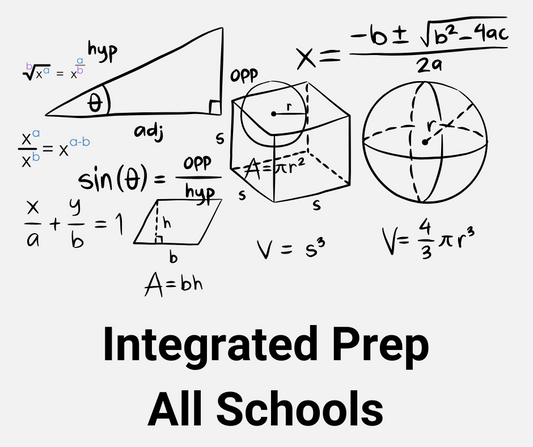Arithmetic: Multiplying decimals: place value and reordering
Share
Arithmetic: Multiplying Decimals – Place Value and Reordering
Multiplying decimals follows similar rules as whole number multiplication but requires careful placement of the decimal point. Understanding place value and reordering helps simplify calculations and improve accuracy.
Understanding Place Value in Decimal Multiplication
Each digit in a number has a place value depending on its position. For example:
- Tens → 10
- Ones → 1
- Tenths → 0.1
- Hundredths → 0.01
When multiplying decimals, we temporarily ignore the decimal point, multiply as whole numbers, and adjust the decimal in the final step.
Steps to Multiply Decimals Using Place Value
Example: 3.2 × 0.4
Step 1: Ignore the Decimal and Multiply as Whole Numbers
- Treat 3.2 as 32 and 0.4 as 4.
- Multiply: 32 × 4 = 128.
Step 2: Count the Total Decimal Places
- 3.2 has 1 decimal place.
- 0.4 has 1 decimal place.
- Total decimal places = 1 + 1 = 2.
Step 3: Place the Decimal in the Answer
- Start from the right and move 2 places left.
- 128 becomes 1.28.
✅ Final Answer: 1.28
Using Reordering to Simplify Multiplication
Reordering helps make calculations easier by grouping numbers strategically.
Example: 0.5 × 2 × 4
Using the associative property, we can reorder:
0.5 × 2 × 4 = (0.5 × 2) × 4
Since 0.5 × 2 = 1, this simplifies to:
1 × 4 = 4 ✅ Final Answer: 4
Another Example: 1.25 × 8
Rewriting 1.25 as (5/4) and 8 as (8/1):
(5/4) × 8 = (5 × 8) ÷ 4 = 40 ÷ 4 = 10
✅ Final Answer: 10
Quick Tricks for Multiplying by 10, 100, and 1000
Multiplying decimals by powers of 10 simply shifts the decimal point:
- 0.45 × 10 → Move the decimal 1 place right → 4.5
- 3.2 × 100 → Move the decimal 2 places right → 320
- 5.67 × 1000 → Move the decimal 3 places right → 5670
Practice Problems
- 4.6 × 0.3
- 0.25 × 0.8
- 7.5 × 100
- 0.09 × 0.6 × 10
- 1.2 × 5 × 2 (Reorder for an easier calculation)
Note: All Khan Academy content is available for free at (www.khanacademy.org)




